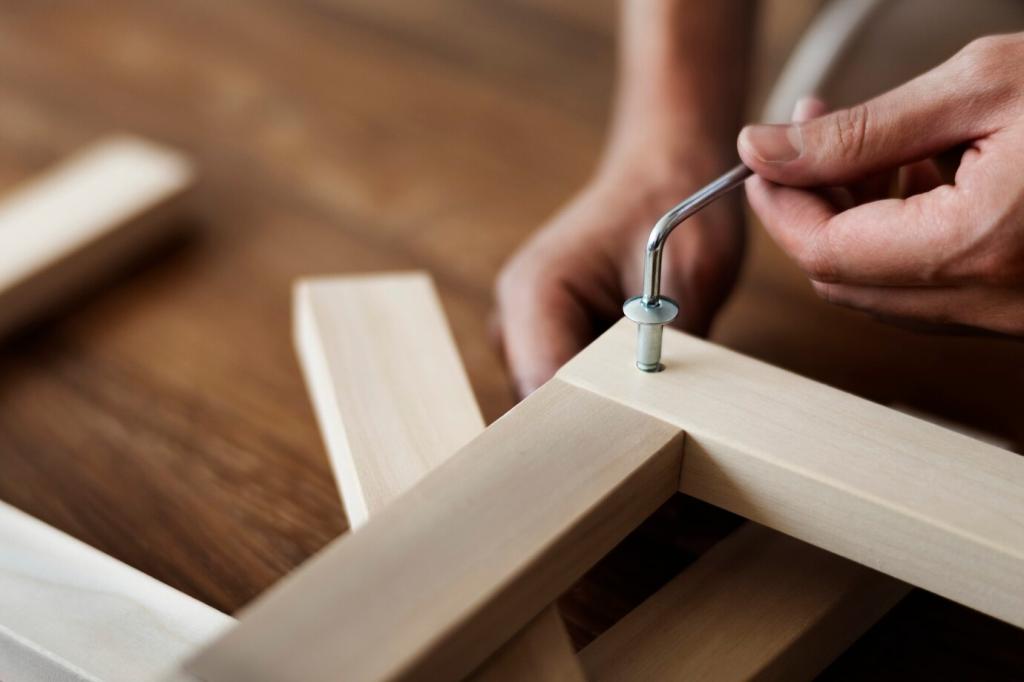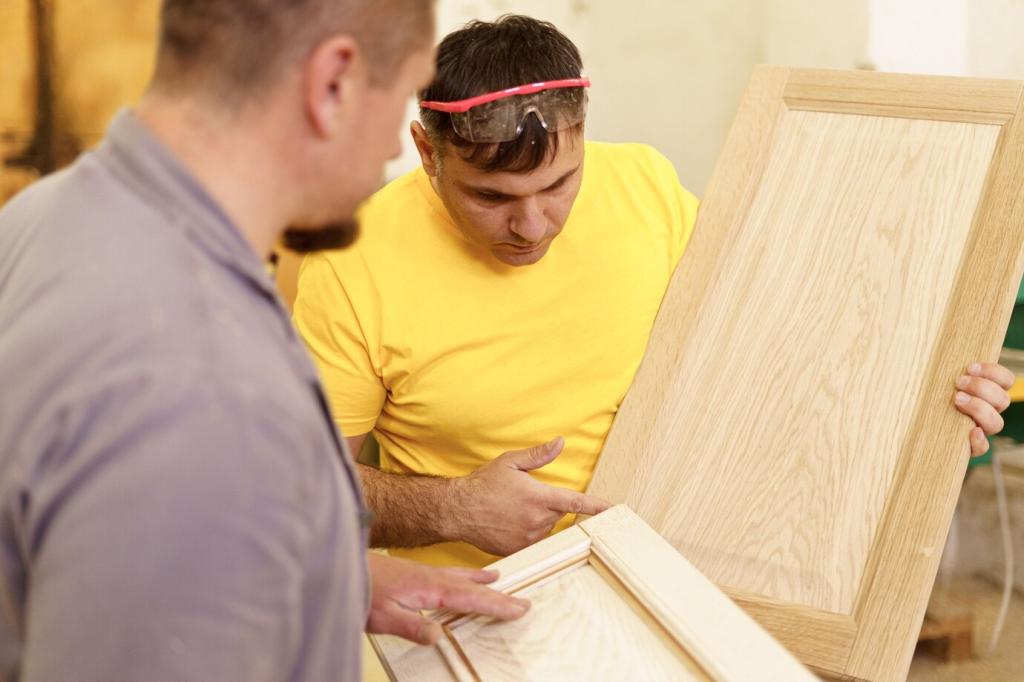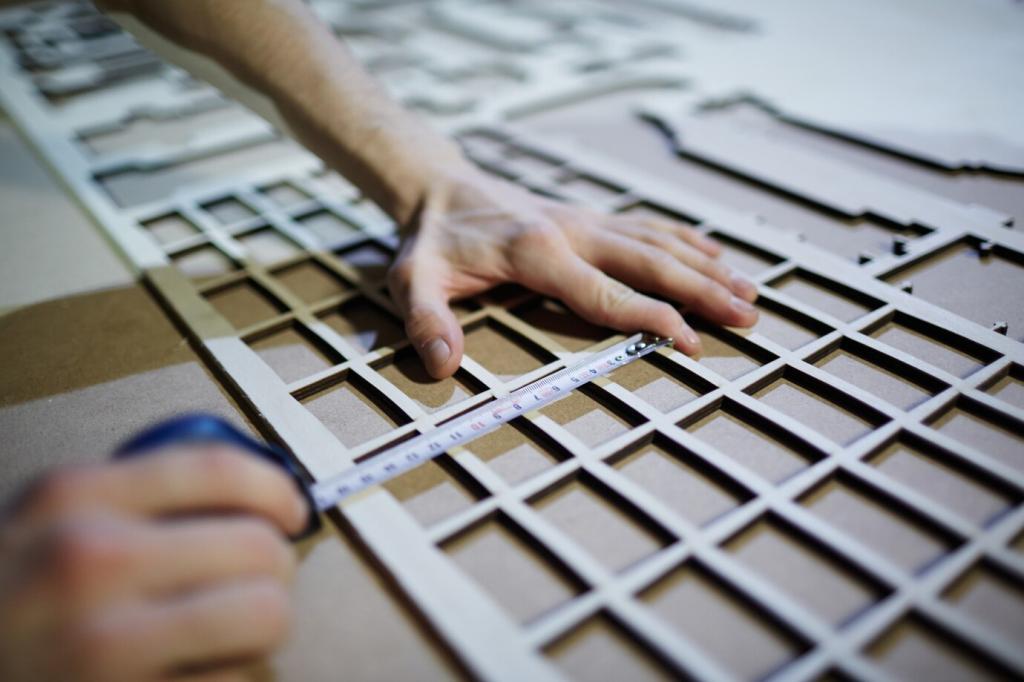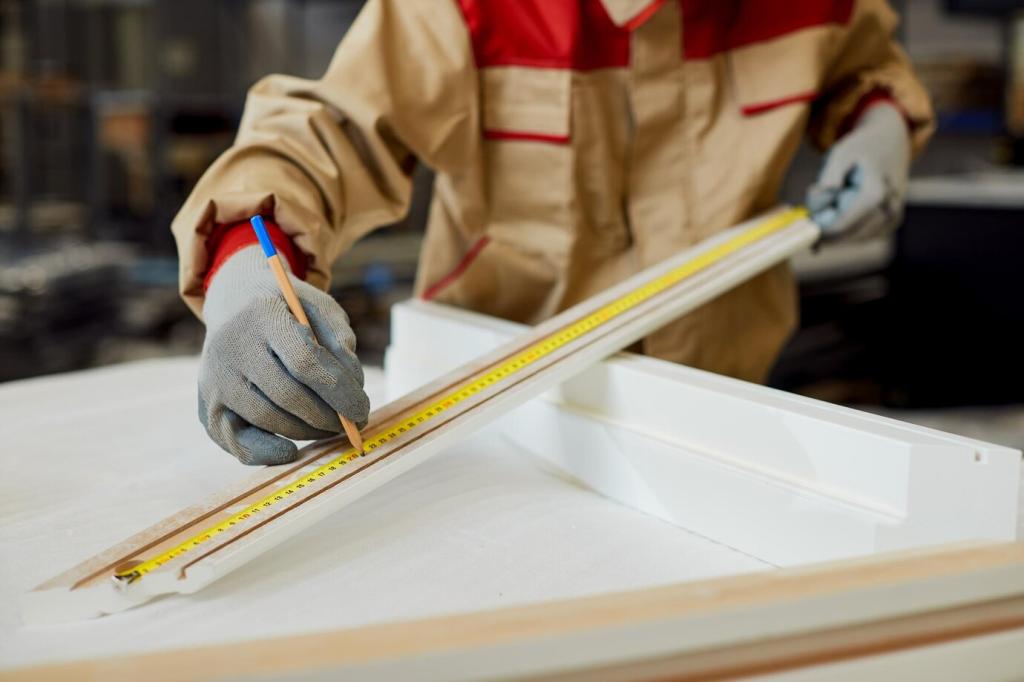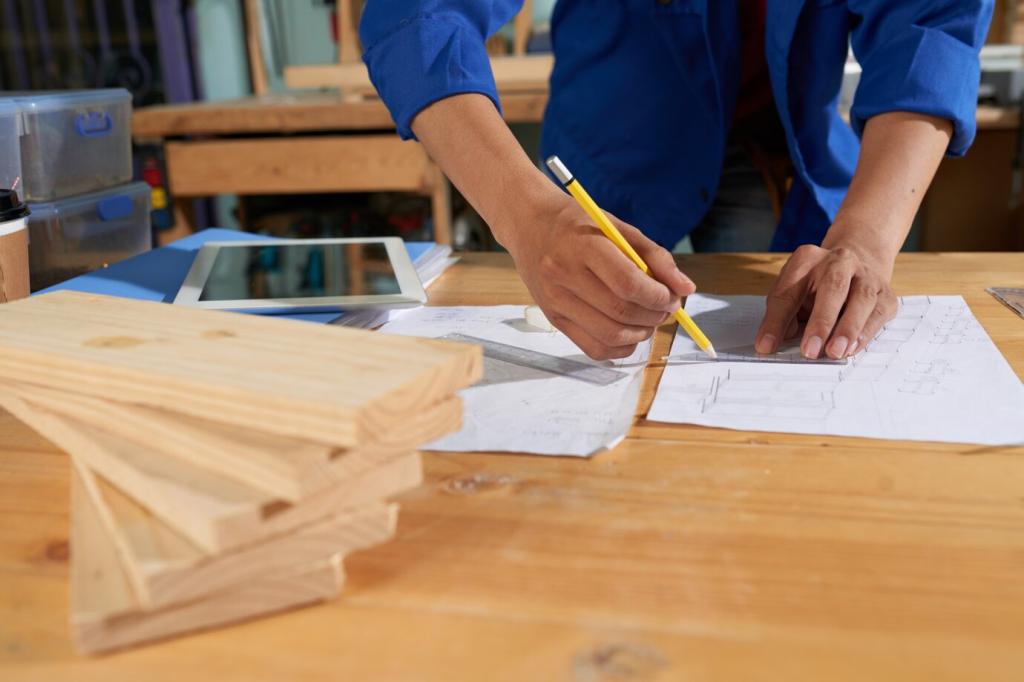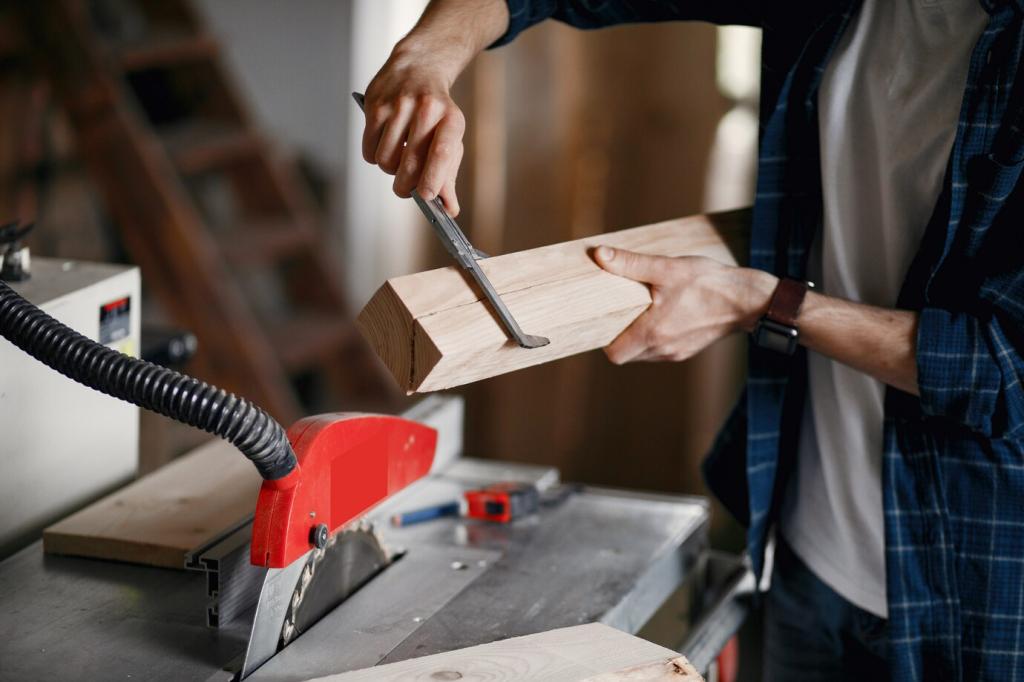Performance, Cleanability, and Safety
Abrasion ratings, stain resistance, and colorfastness guide fabric selection for airports, clinics, and food venues. Today’s performance textiles pair durability with inviting textures, competing with residential comfort without sacrificing the toughness commercial environments demand.
Performance, Cleanability, and Safety
Designers specify wipeable finishes, removable cushions, and hidden zippers to support fast turnovers. Clear cleaning protocols protect both materials and users, ensuring that upholstery survives coffee accidents, ink mishaps, and the relentless schedule of public life.

